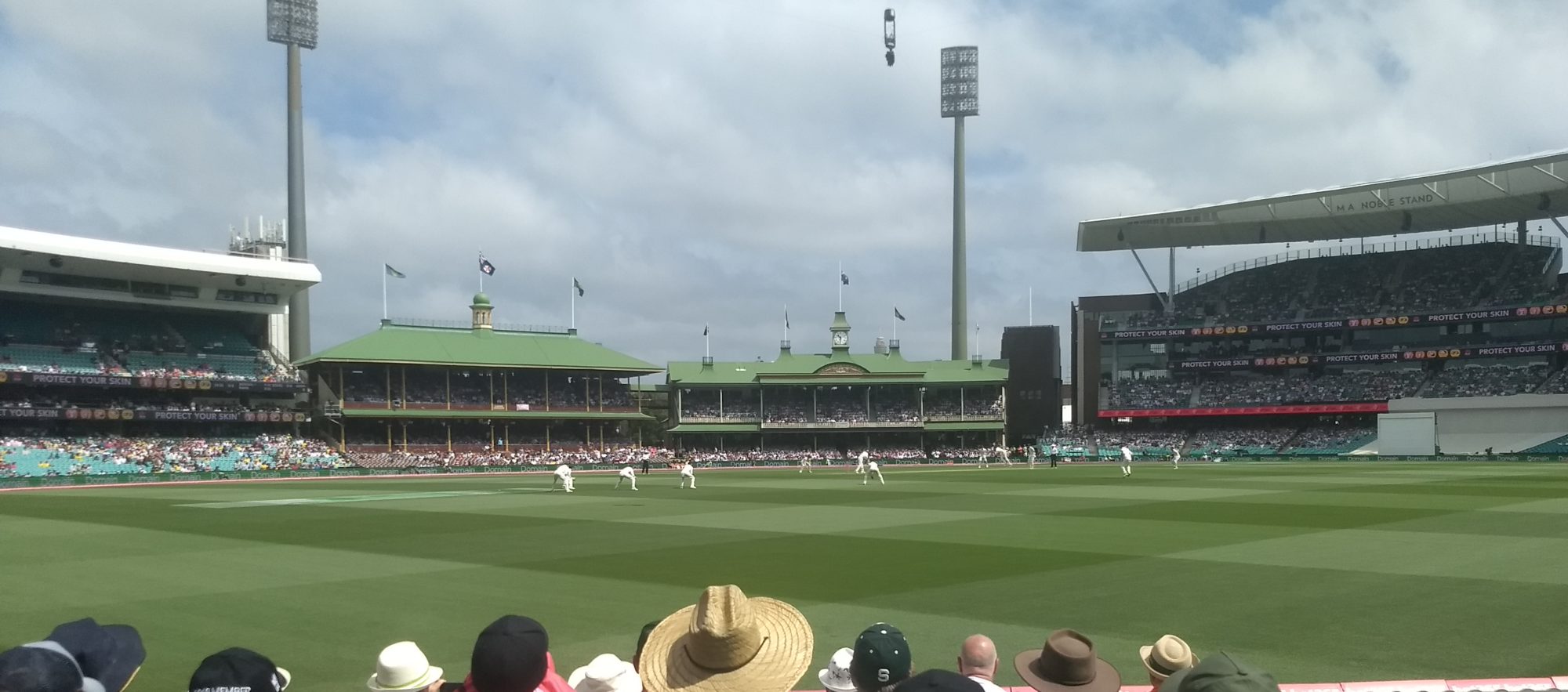Australia’s Mitchell Starc is the winner of the Midwinter-Midwinter for 2021-22.
Starc accumulated the most points during the 2021-22 Ashes for the Best-on-Ground awarded on each day of each of the five Tests as announced on the @rickeyrecricket Twitter account.
Starc took 19 wickets at an average of 25.36 across all five Tests while his valuable late-order batting contributed 155 runs at a batting average of 38.75.
With the three best players ranked 3-2-1 on each day of the series, Starc was cited in he daily top three on six separate occasions.
Starc accumulated 10 points to finish one point clear of Australian captain Pat Cummins, and two clear of the Compton-Miller Medallist for official player of the series, Travis Head.
Full tally:
10- Mitchell Starc
9 – Pat Cummins
8 – Travis Head
6 – Scott Boland, Usman Khawaja, Marnus Labuschagne, Ben Stokes, Mark Wood
5 – Cameron Green
4 – Stuart Broad, Nathan Lyon, Dawid Malan, Steve Smith, David Warner
3 – James Anderson, Jonny Bairstow, Jos Buttler, Zak Crawley, Ollie Robinson, Joe Root
2 – Alex Carey, Marcus Harris, Josh Hazlewood, Jhye Richardson, Chris Woakes
1 – Jack Leach.
0 – Sam Billings, Rory Burns, Haseeb Hameed, Michael Neser, Ollie Pope
In total, Australians scored 70 points to England’s 35.
The full spreadsheet of the daily scores can be seen here.
The Midwinter-Midwinter is the @rickeyrecricket BoG (Best on Ground) award given for the most valuable player of each Ashes Test series.
There is no physical award as such, and the Midwinter-Midwinter is not endorsed by any cricket board, advertising agency or anti-doping authority. But most importantly, it’s not the Compton-Miller Medal.
Points are awarded for the best three players on each day of a Test match in the series, on a 3-2-1 basis.
The Midwinter-Midwinter is named for Billy Midwinter (1851-1890), the only person to have played Test cricket for both Australia and England in Test matches against each other.
Further explanation of the Midwinter-Midwinter, its background, the scoring system and past winners can be seen here.
